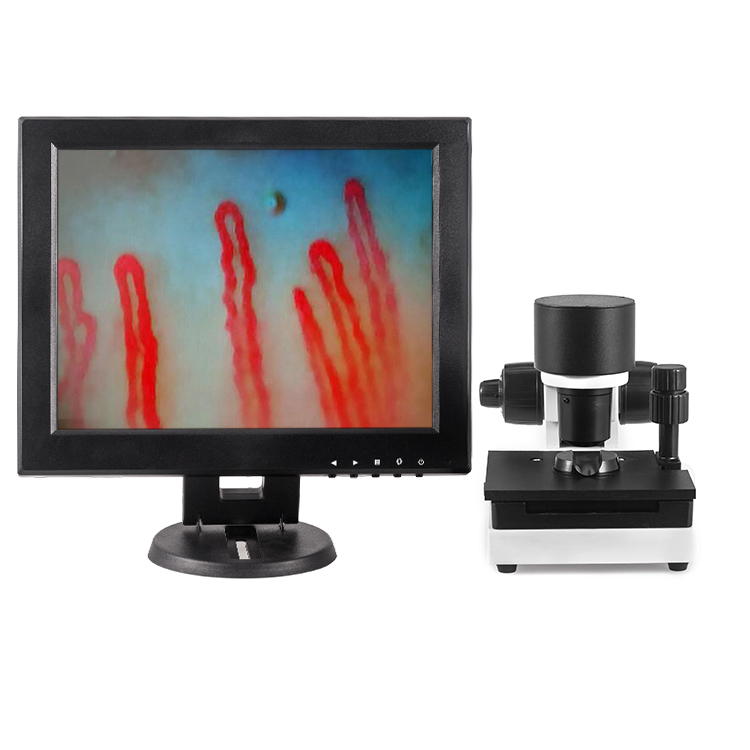Pre-winter management of wheat ensures a good harvest in the coming year
Seedling replanting to consolidate wheat planting area For the land that lacks seedlings and ridges, the seedling reseeding work should be done in time. The sooner the replanting time is, the better. In order to promote the early emergence of wheat, the seeds should be germinated and then replanted. Pay attention to replanting the seeds of the original varieties to prevent the varieties from mixing. Supplementing the plots can be used to fill in the gaps after the wheat three-leaf stage and transplant them. The depth of planting is appropriate to “not bury the roots and not to expose the knotsâ€. Watering after planting will facilitate survival. Pouring water In the wheat seedling stage, due to the smaller seedlings and lighter roots, under the condition of insufficient moisture, it will seriously affect the tillering, rooting and strong seedlings of wheat before winter. Therefore, for the drought-heavy plots, or the bottom of the plot, although it is more than enough, but lack of land, it is necessary to pay close attention to time to water, in order to promote more wheat rooting. After watering, it is important to note that the soil must be removed in time to protect the soil. Otherwise, it may cause soil cracks and affect the normal growth of wheat. For land masses with good lyrics, it is not possible to dilute drowning, and areas where conditions permit can, as appropriate, carry out field repression in order to preserve temperature and promote wheat growth. Restricting repression, warming and strengthening Wheat can be ploughed before winter to protect soil, improve soil permeability, increase soil temperature, accelerate the decomposition of organic fertilizers, help the growth of tillers and roots, and increase effective tillering. In particular, cropping is particularly important for wheat fields planted late, and the implementation of this measure should be effectively implemented. Soil compaction caused by rainfall or other reasons should be grasped properly in order to remove the compaction, increase soil temperature, and ensure weeding and weed control. Repression can eliminate the waste, solidify the soil, promote the rise of capillary water, and provide effects such as lifting, protecting soil moisture, resisting drought, increasing temperature, and preventing cold. It can also promote the growth of roots, inhibit the growth of main stems and bullae, control the growth and promote the growth of tillers. . Therefore, pre-winter repression should be carried out for the suspended root seedlings, as well as for the land with extensive cultivation, large amount of waste materials, and straw returning, in order to keep the seedlings safe for winter. Compression should be combined with planning. Generally, it should be suppressed after repression. Fertilizer as appropriate Wintering water is an important measure to ensure safe winter wheat. It can prevent the freezing and killing of dead wheat seedlings, and save water for the following year, so that winter water can be used in spring and early spring drought can be prevented. It can also practise soil, smash clams and eliminate overwintering pests. Therefore, in general wheat fields, especially the hanging root seedlings, as well as the land with extensive cultivation, excessive dust, and straw return, must be poured with overwintering water. However, the prosperous wheatfield with good sensation can not be poured over winter water to control the prosperous spring. The time for pouring winter water should be adapted to local conditions. For weak seedlings with poor fertility, insufficient fertilization, small populations, and weak growth conditions, wintering water can be poured early in late November and top-dressed with watering, generally about 10 kilograms of urea is recovered in order to promote growth; In the field of seedlings and wheat, the average temperature dropped to around 5°C (from the end of November to early December). Capillary Microcirculation Microscope
Micirculation Microscope:
The Nailfold Capillaroscopy Microcirculation Microscope is an advance medical photoelectric apparatus,equipped with built in special LED light source,used mainly in observation on human nail fold capillary microcirculation or term as video Nailfold capillaroscopy,Such as capillary blood flow, abnormal microcirculation of the vascular structure, cell adhesion, through its powerful optical magnification. Undistorted, real time dynamic video streaming via Sony CCD imaging device onto the LCD monitor screen.
Digital Microscope,Micirculation Microscope,Blood Microcirculation Microscope,Microcirculation Microscope Device Shenzhen Guangyang Zhongkang Technology Co., Ltd. , https://www.szlighttherapymachine.com